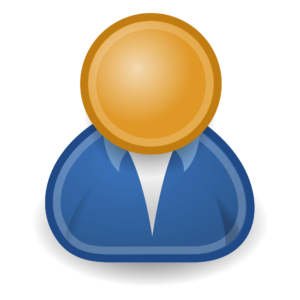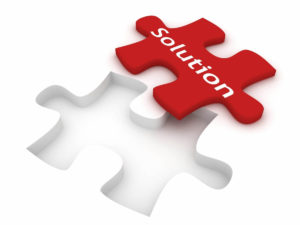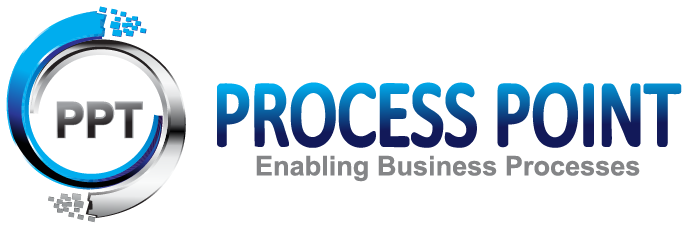Implementation of a Robust ERP solution for an American video game development organization to enable their business growth.
About Client
Customer is an entertainment game publisher and developer. It has become the most-played game in the world. Currently, the employees were over 2200 people worldwide and do business transactions in over 60 countries in 25 different currencies.

Objective / Challenges
Customers current financial processes and IT systems do not adequately support the current business as it grew so fast. With 120 million player base, they need to manage billions of microtransactions. Proper legal and statutory accounting, consolidating and financial data reporting including revenue recognition were major challenges.
Since it was running on multiple disintegrated Microsoft Great Plains application instances they were facing severe connectivity, latency, and other system issues. Due to lack of capabilities in Microsoft Great Plains systems to support complex revenue recognition rules applicable to software industry, they were using several manual processes, excel and email-based communications for correlation and reconciliation of microtransactions to lump payments, accounting, revenue recognition, tracking of employee time to products or projects, financial Planning and Budgeting, month-end reports, etc. Also, they had challenges in maintaining hierarchical structure comprised of several operating units, holding companies and administrative company, complexities in distributing expenses across distribution codes pertaining to jobs, G/L Accounts, tax rates, and deductibility. Since they were operating with several legal entities for publication, product development and launching their business in new countries, intercompany accounting has become another business challenge.
Reporting capabilities do not meet business needs, resulting in not getting proper insights for business operations; spend management, investments management for future growth areas.
So, Customer decided to implement a robust financial accounting, procurement and reporting system that has capabilities to address above challenges, reduces costs, improve operational efficiencies and enable new capabilities to support business growth.

Solution Implemented
Customer future state vision was to build scalable and best in class capabilities to streamline current business processes, support new business models for growth, support core business growth.
They planned to obtain these benefits via a Finance Transformation program which includes globally streamline/standardize the financial, procurement, revenue and reporting processes. Implement capabilities like Project Tracking, Forecasting, Revenue Recognition, Budgeting and Reporting and integrate to Cloud HR systems. Reduce or eliminate manual processes with system-driven and automated processes. Implement best of the reporting tools to support management and transactional reporting.
They had evaluated various solution alternatives including Oracle, NetSuite, Microsoft AX, SAP, Workday for their next generation business applications and technology infrastructure. Finally, customer has chosen Oracle as it has necessary capabilities and met there evaluation criterion.
A multi-phase Oracle ERP roadmap was finalized to implement future state capabilities as per roadmap.
Phase-1:
Developed a global solution and deployed to countries in a hub and spoke model. Implemented financial and procurement system across 26 countries in 3 different regions in 8 months. Developed a global solution by analyzing business requirements from all entities across the world upfront and standardized business processes using US GAAP. Implemented the global solution with local and statutory reporting in different countries including USA, Ireland, UK, Germany, Netherlands, Korea, Australia, Turkey, Russia, etc.
- Over 60 ledgers across 30 entities (Primary Ledgers and Secondary ledgers).
- Chart of Accounts (COA) redesign to support the current and future business needs.
- 3 years of historical data conversion into Oracle for Data elements including Journals, account balances at summary level.
- Conversion of master data including Chart of Account segment values, Chart of Accounts, Vendors, Enterprise Customers, Assets and Banks.
- Intercompany accounting at GL level was implemented in this phase.
- A centralized procurement solution was designed and implemented to two hubs (Korea and Ireland). The system was rolled out for few countries only in this phase in limited capacity.
- Transactional data conversions including Invoices, Payments.
- Integrations with external systems.
- Implementation of Multi-Org Access Controls (MOAC) for user access of applications across multiple organization access.
Phase-2:
Leveraging the global solution, new country rollouts for additional 14 countries including France, Brazil, Mexico, Chile, China, Taiwan, Hong Kong, Japan etc., were completed in Phase2 along with additional capabilities.
- Implemented complex advanced global intercompany solution that can do the intercompany transactions at the sub-ledger level for all entities from Phase-1 and new countries implemented in phase-2.
- Procurement system was rolled out in full capacity with all features for all entities except for USA.
- Application support maintenance services were provided for all the phase-1 deployed entities. As part of this effort, several enhancements were implemented to improve the solution.
- HRMS: Oracle HRMS system to manage worldwide employees, benefits administration, training, career and performance management
Phase-3:
Maintenance and Support phase primarily.
- Application support maintenance services were provided for all the phase-1 and Phase-2 deployed entities. As part of this effort, several enhancements were implemented to improve the solution.
- Automated application testing solution was implemented for application patch testing.

Business Benefits
Company wide business transformation initiative resulted in several tangible and non- tangible business benefits.
- Ability to ramp up the business in new countries quickly. Since it is growing at astronomical speed, company capability to launch business in new territory / country quickly is vital.
- Compliance to Legal and local statutory reporting was very critical to the company and customer was at risk. The new system was able to eliminate the risk for the company and become compliant in all countries it is operating with proper accounting practices and capabilities to generate the local regulatory and statutory reports out of the system.
- 500% Improvement in transaction efficiency due to elimination of several excel based financial accounting and reporting practices.
- Streamlined business processes across all entities globally.
- The procurement system was able to centralize the procurement function while requisition capabilities were provided across all departments. This was resulting in significant cost saving due to central procurement.
- Faster financial close every month
- Better business support
- Better business intelligence to drive key business decisions.

